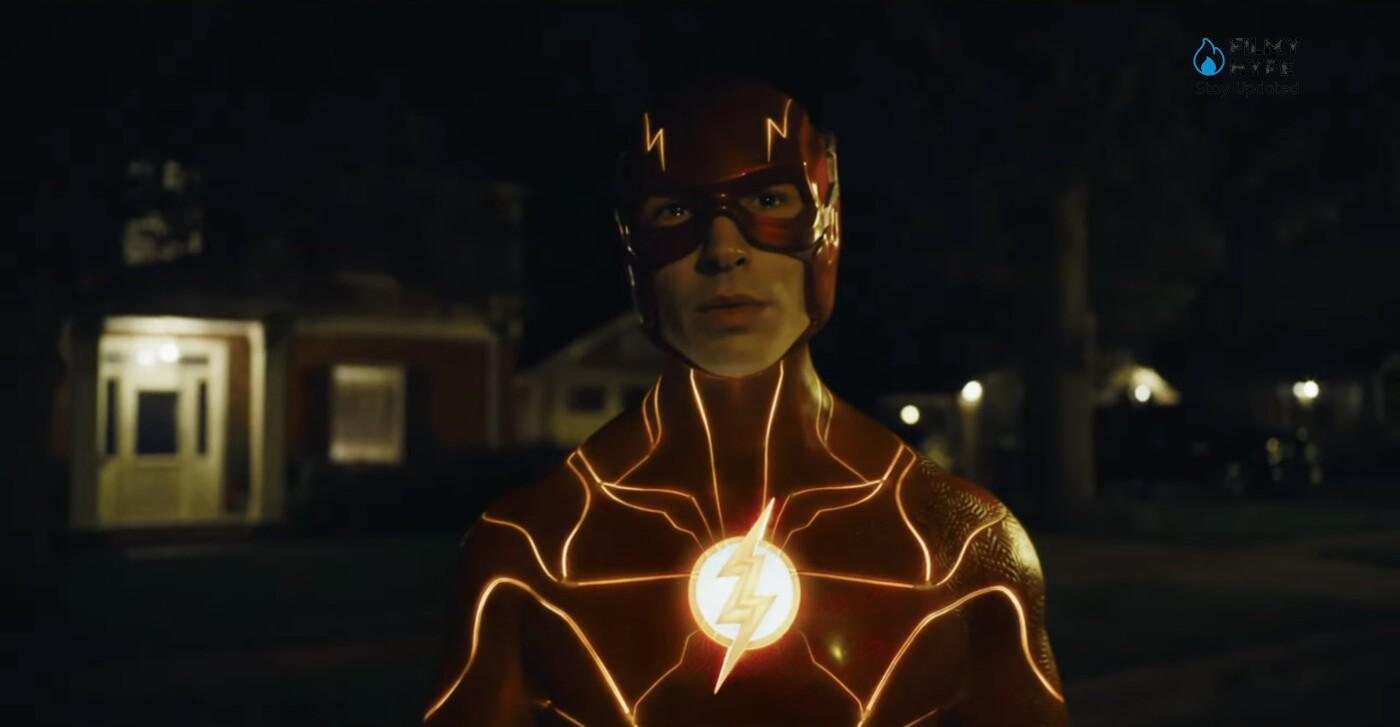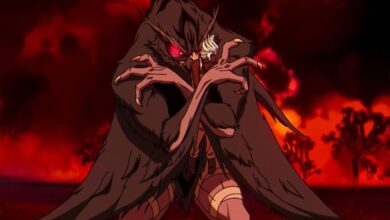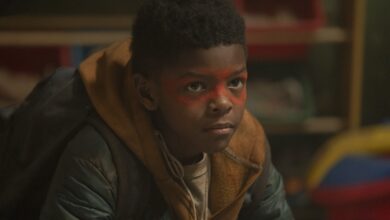The Flash: What Are the Differences Between Film and Comic? Flashpoint Explained
The Flash: let’s try to explain what Flashpoint is and how it was transported from the comic to the film. The new DC film The Flash was recently released in all cinemas, which, after a series of unfortunate events and some problems with justice (yes, we are talking about Ezra Miller), managed to run more or less like lightning toward all the cinemas of the world in a story that has something already seen, yet innovative. The film directed by Andy Muschietti takes its cue for its realization from the paper version Flashpoint and tells the story of Ezra Miller’s Scarlet Sprinter embarking on an adventure back in time, teaming up with the Batman of another timeline and Sasha Calle’s Supergirl.

The Flash: What Are the Differences Between Film and Comic?
As mentioned, the film takes inspiration from the Flashpoint comic arc, which tells a particular moment in the life of the superhero and which introduces the whole DC world to an incredible adventure, that of the multiverse. Let’s try to understand what Flashpoint is, and also explain the relative similarities and differences between the comic and the movie. The Flash finale features a surprising yet very enjoyable return. The film directed by Andy Muschietti is finally in theaters, to the great pleasure of DC fans and now even Joel Schumacher’s nostalgia will be satisfied, given that George Clooney returns at the end of the film!
Flashpoint, the Plot of the Comic?
Flashpoint is a DC crossover released in 2011 and subsequently partially adapted into the television version of the superhero played by Grant Gustin and again in the cinematic one by Ezra Miller. This plot is so impactful for its complexity, so much so that it has completely revolutionized the DC Universe in comics and now also that of cinema. In the pages, we find Barry Allen, who wakes up one day and finds himself in a world that is not his. Here Cyborg has taken the place of Superman, who has since disappeared. A war between the Amazons and the Atlanteans is brewing, leaving Europe in chaos. In this same world, Batman is Thomas Wayne, who survived the shooting along with his wife, on a fateful night in Crime Alley, at the expense of his son Bruce.
In all these changes, Barry finds that he no longer has his speed. However, he is the only person to remember the original timeline and therefore decides to recover his powers, return to Flashpoint (the breaking point where all timelines converge), and put things right. As happens with the issue of the multiverse in the Marvel universe, here too – through Flashpoint – you can discover new versions of characters more than known to us, opening the reader’s mind and untying him from the chains of the canonical unbeatable and incredible superheroes he is used to. to read.
What triggers the Flashpoint?
But why did Flashpoint start? What is the event that triggers everything? As is told in a large part of the TV series and now also in the film, Barry is obsessed with his mother’s death, but even more, he does not accept the fact that his father, innocent but the only person, pay the costs of the murder. found at the crime scene and without a valid alibi. Flashpoint is therefore the result of a moment of crisis for the superhero who thanks to his speed managed to go back in time to try to save his mother.
Anyone who has read the comics and has also seen the first season of the TV series knows that the culprit for Nora Allen’s death is Eobard Thawne, Reverse Flash, who kills Nora simply because that is a canonical event he would have created – as an effect butterfly – all the events best known to us, including Barry’s transformation into the Flash. Since Reverse Flash is Flash’s nemesis, their relationship becomes much more complicated the moment Barry causes the Flashpoint. By saving his mother, Barry brings about a living paradox: Thawne’s existence without Barry, a Reverse Flash without his own Flash.
Batman
This is what Flashpoint presents to the audience and what the film tried to bring back to the big screen, with some similarities and with just as many differences. One of the biggest differences from its paper version is certainly the way they present us with Batman. Ben Affleck’s Batman returns in his appreciated version in the film, then replaced in the new timeline in which Barry lands by an old and nostalgic Batman by Michael Keaton, now retired and far from the crime of Gotham City.
If for old fans of the Batman sagas Keaton’s return was a big surprise, for those passionate about the comic and hoping that everything was written on paper, Muschietti’s director choice will probably have turned up their noses, as in the paper version Keaton shouldn’t have played Bruce Wayne, but Thomas, his father who survived the shooting along with his wife in that timeline and who still mourns the death of his son Bruce. Thomas then decides to avenge his son, by fighting crime in Gotham City.
Wonder Woman and Aquaman?
While in the comic we see the Amazons and the Atlanteans – respectively led by Wonder Woman and Aquaman – fighting each other creating chaos, in the film the two characters have only marginal roles. The first appears in a cameo during a fight scene in Gotham City, in a small reunion of the Justice League, while in Aquaman we find him lost drunk in the only post-credit scene of the film. And the war between the two peoples? Forgotten, too complicated for a film that had to focus on something else.
Superman?
Similar but not too much is the story of Superman in the film Flashpoint compared to that of the comic. Very different in the comic is his origin story, in which his Kryptonian rocket crashes on Metropolis rather than Smallville, killing more than 30,000 people. Considered a terrorist attack, the government finds and imprisons the alien child. He is raised in captivity, with the goal of the government to create a super soldier who can protect the city and stick to the rules. Finally, he is freed by Batman, Flash, and Cyborg. In the film, however, Zod admits to having intercepted the capsule of Kal-El, stating that the child did not survive. To be captured by humans is instead the cousin of Superman, Supergirl, then freed by the two Barry and Bruce.
Nora’s Death?
Finally, we come to the heart of the narrative arc of The Flash, the reason for which Flashpoint was born: the death of Nora Allen. In the film, we know that Nora was killed by a stranger while her husband had gone to buy her gravy for her. Unfortunately, however, due to a lack of evidence, Henry Allen himself is arrested and charged with murder. In the film, unlike the comics, we never find out who the real killer of Barry’s mother is and what is the reason why he committed the murder. In comics, however, this is not the case. In The Flash: Rebirth #5 we discover that Eobard Thawne, aka Reverse Flash, killed Nora.
This character – among other things fundamental to the narrative arc of the Flash – is not present in the film, which prefers to focus on another version of Barry who – corrupted by the innumerable attempts to rewrite history – becomes the villain of the story, who finally he ends up sacrificing himself to save reality. There were many differences, but despite this, fans can be more than satisfied with the creation of the scarlet speedster, who will soon return with a new adventure and – we hope – will try to give us more detailed explanations about his story and about those question marks that still have not found an answer in the last film.






